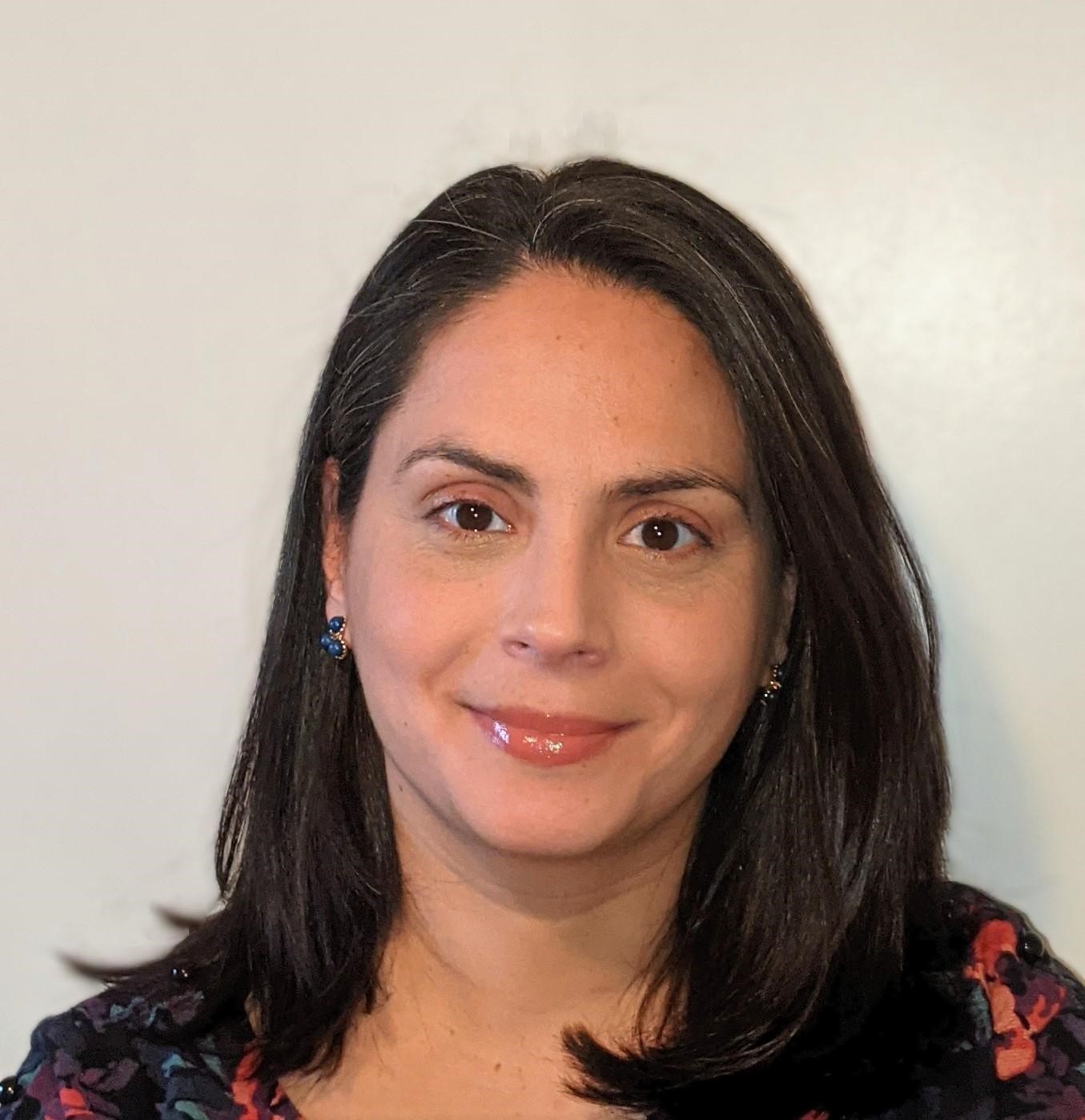Get Involved

 Become a Thought Partner
Become a Thought Partner
Partner with us to produce thought leadership that moves the needle on behavioral healthcare.
 Other options to get involved
Other options to get involved

Thank you!
We received your information and will be in contact soon!
Get Involved

 Grantmaking
Grantmaking
We fund organizations and projects which disrupt our current behavioral health space and create impact at the individual, organizational, and societal levels.
 Participatory Funds
Participatory Funds
Our participatory funds alter traditional grantmaking by shifting power
to impacted communities to direct resources and make funding decisions.
 Special Grant Programs
Special Grant Programs
We build public and private partnerships to administer grant dollars toward targeted programs.
 Program Related Investments
Program Related Investments
We provide funds at below-market interest rates that can be particularly useful to start, grow, or sustain a program, or when results cannot be achieved with grant dollars alone.
Get Involved

 Tia Burroughs Clayton, MSS
Tia Burroughs Clayton, MSS
Learning and Community Impact Consultant
Add some text here
 Alyson Ferguson, MPH
Alyson Ferguson, MPH
Chief Operating Officer
Contact Alyson about grantmaking, program related investments, and the paper series.
 Samantha Matlin, PhD
Samantha Matlin, PhD
Senior Learning & Community Impact Consultant
Contact Samantha about program planning and evaluation consulting services.
 Caitlin O'Brien, MPH
Caitlin O'Brien, MPH
Director of Learning & Community Impact
Contact Caitlin about the Community Fund for Immigrant Wellness, the Annual Innovation Award, and trauma-informed programming.
 Joe Pyle, MA
Joe Pyle, MA
President
Contact Joe about partnership opportunities, thought leadership, and the Foundation’s property.
 Bridget Talone, MFA
Bridget Talone, MFA
Grants Manager for Learning and Community Impact
Add some text here
Montgomery County Alcohol, Drug Addiction, & Mental Health Services

Program Website
Year:
2019State:
OhioWinner Status:
Honorable MentionProgram Type:
Policy and Systems ChangeTarget Population:
Individuals with a Substance Use DisorderSetting:
HospitalNature of the Problem
In the summer of 2018, the Montgomery Co. Alcohol, Drug Addiction, and Mental Health Services (MC-ADAMHS) board launched a countywide overdose notification system, called Montgomery County – Emergency Room Overdose Notification (MC-ERON) Ascend Innovations, Inc. manages the integrated data set using hospital emergency room admissions and behavioral health treatment data sets. The current data analysis that provides the backbone data set to MC ERON lacks the ability to perform automated risk stratification to prioritize a person’s risk of death from overdose in order to triage outreach contacts to individuals.
Program Description
Montgomery County Emergency Room Overdose Notification System (MC-ERON) Goal – Re-engage as many ER overdose patients as possible into addiction treatment What is the Notification System? – The goal of the notification system is to provide real time notification to providers so they provide immediate patient engagement, outreach, follow-up, linkage to treatment services either in the hospital or in the community. Each morning MCADAMHS will automatically generate and distribute electronic notifications to community behavioral health agencies (i.e. HIPAA covered entities) for Montgomery County residents who have presented in an emergency room during the prior 24 hours for a suspected accidental overdose (unintentional and intentional). Each covered entity will need to identify up to 2 people within their organization to receive the daily electronic notifications. These notifications will be generated using the diagnostic ICD-10 codes entered by the hospital system and comparing them to the patient panels in both the GOSH and MITS (Medicaid) claims extracts. The patient panel report will contain pertinent patient data to assist the provider in locating the patient.
Disruption
Traditionally, data sources between hospitals and mental behavioral health/addiction providers are not shared. MC-ERON has bridged that gap, which enables decision makers visibility into information that was previously unavailable. These barriers and silos are continuing to be assessed and corrected as collaboration in the community continues. MC-ERON is a foundation; a data connection that enables a larger data ecosystem. With more data to analyze, the application of predictive analytics and machine learning will allow for real-time, accurate risk stratification to inform intervention, outreach and treatment strategies. This type of advanced analytic implementation has never before been accomplished in the Dayton-area.
Leadership
In 2017, Montgomery Co. Alcohol, Drug Addiction, and Mental Health Services partnered with Ascend Innovations, Inc, the data science lab of the Greater Dayton Area Hospital Association (GDAHA). This partnership has created the opportunity to create a 360° view of patient care by integrating behavioral health and hospital data sets use for: descriptive analytics for trending, patterns, correlations, and risk factors; predictive analytics including machine learning algorithms that stratify risk, predict outcomes, and detect meaningful patters; and prescriptive analytics including statistical inference and optimization. Utilizing data science capabilities, MC ADAMHS is better equipped to design and implement innovative solutions for the local behavioral health system. This innovative partnership has led to the creation of MC-ERON as one of its first projects. We believe MC-ERON impacts multiple partners – the individual in active addiction, treatment agencies to provide real time outreach, and hospitals to ensure people are re-engaged in addiction treatment.
Scalability
The Southwest Region of Ohio, where Montgomery Co. ADAMHS is located, contained 8 other ADAMHS boards serving 11 counties. The technology which operates MC-ERON can be scaled to other ADAMHS boards in the SW region of Ohio and has the potential to be expanded to all 50+ ADAMHS boards serving Ohio. Additionally, GDAHA maintains a relationship with The Health Collaborative (THC) in Cincinnati, which serves as a member organization and health information exchange (HIE), and servers more than 100 hospital networks, hospitals, and healthcare facilities. In collaboration with THC, the technology could be replicated to serve all of southwest Ohio. The technology foundation for MC ERON could be adopted to any county or region nationwide, who had access to a hospital health information exchange and data sets from a local behavioral authority. MC ADAMHS and Ascend Innovations has ensured MC ERON is HIPAA and 42 CFR Part 2 compliant.
Results/Outcomes
The development of MC-ERON has created the underlying framework for a more scalable technology. On the prevention side, MC-ERON drives notification and outreach programs to ensure that individuals presenting to the emergency room with an overdose are not left to recover on their own; the goal is to get them back into treatment. Because data is collected real-time on a daily basis, we have the ability to measure the success of the system (i.e., how many individuals that were reached out to following an overdose were successfully scheduled for treatment?). Future enhancements will create a web and mobile based notification system spanning the broader care continuum, which will include primary care physicians that have a treating relationship with the patient. This will provide a more comprehensive view of the care and treatment network to ensure the individual receives the help they need.











